QIA Closing Statements at NIRB Final Hearings
(Statement delivered July 29 in Pond Inlet)
The Qikiqtani Inuit Association sincerely thanks the Nunavut Impact Review Board for all the efforts of the staff and Board throughout the entire review process, starting with the submission of a development proposal in March of 2008.
I also like to thank each and every intervener here, not only for your tireless efforts in the past two weeks, but for everything you have done to contribute to this Final Hearing. All of this takes years of concerted effort backed by personal and organizational dedication.
As President of the Qikiqtani Inuit Association I have been involved in the Mary River for three years. I have seen firsthand how the proposed project has already transformed our organization and I have heard how it has changed our communities and expectations.
The project, should it go ahead, will provide a foundation for activities in this region for years to come. I am acutely aware of the types of changes that will come to this region should the project proceed. As spoken to by Ikkarriaqluk yesterday, these changes will come quickly in a matter of several years, as opposed to the changes Inuit experienced over a period of fifty to sixty years when non-Inuit arrived in our lives.
During the closing comments for these final hearings there are several things I would like to reflect upon.
A common point raised by Inuit is that we have not invited mining into our lives. Rather, we are here today because Baffinland submitted a proposal to develop a mine. It is important to keep this starting point in mind when considering where the project might take us.
Through all our work reviewing the project, QIA has consistently heard from Inuit what they feel they are giving-up should the project proceed. Relative to life as we know it today, should the project proceed Inuit will experience change including:
- The quiet enjoyment of key harvesting areas such as Milne Inlet, Mary River and Steensby Inlet;
- unrestricted harvesting rights;
- The ability to travel without disruption across Foxe Basin;
- Inuit will play host to activities that have never before taken place to the same scale, frequency and duration;
- The pace and lifestyles within communities will change;
- A societal shift further away from the traditional Inuit economy, and,
- An acceleration of current and anticipated negative social circumstances
Despite these real and significant potential changes to our lives, Inuit are not willing to undergo such changes without reason or cause, and thankfully the Nunavut Land Claims Agreement has great foresight in this area. Inuit also stand to gain from this project in ways that allow Inuit to make decisions on their own terms. A type of control and influence that is often not realized.
As described in the 2009 Memorandum Of Understanding on the Inuit Impact Benefit Agreement, Inuit stand to gain real opportunities and advantages with respect to training, education, employment, business opportunities and a support network to address project related activities and changes.
Inuit will also have the ability to lead work in other aspects of the project such the design and management of community wellness funds, wildlife compensation regimes and the application of Inuit Qaujimajatuqangit. Furthermore, Inuit will occupy positions on key project committees with the ability to continuously adapt the desires of Inuit as the project evolves. Inuit also stand to benefit financially in ways that will allow Inuit Organizations to direct resources to Inuit needs and interest consistent with the principles of the Nunavut Land Claims Agreement (the community wellness plans done by the GN + NTI – should do more so we have a guide).
Through the project, Inuit also stand to gain key knowledge and experience that can be applied in other areas distinct from industrial activities, such as continuously working to improve the lives and lifestyles of Inuit. Here it is extremely important to note that QIA is mandated for, and participates, in many other activities beyond mining.
Knowing there exists significant tools through which Inuit can formalize relationship to a project, it is important to understand that this balancing act is not without significant risk to Inuit. In its entirety, this Part S review process has been focused on working to better understand and mature the proponent’s responsibilities with respect to the project they have proposed.
As mentioned in our opening presentation, significant impacts to Inuit are not equivalent to significant impacts as presented in the Final Environmental Impact Statement. Furthermore, there are real and known barriers to the potential success of Inuit through this project. Rather than focusing entirely on reviewing the proposed project, QIA has also focused on developing working relationships for the future with key project partners such as, Qikiqtaaluk Corporation, the Government of Nunavut, and Federal Government Departments.
(Committed to regular meetings with AANDC, + hope we do same with GN.)
While every project contains risks, QIA feels that Baffinland has progressively improved their understanding of project risks and have modified their responsibilities accordingly. QIA acknowledges the efforts of Baffinland and their team in consistently working towards issue resolution. Were it not for the years of dedication, the honesty and calibre of your team QIA can truthfully say we would not be at this Final Hearing today. We commit to Baffinland to continue to approach challenges from a point of mutual interest and partnership.
In applauding the efforts of Baffinland, it is important to draw clear distinction that not all the risks associated with the project rest solely with the proponent. Risks to Inuit, and the ability to address them, has been a key theme in many of QIA submissions to Nunavut Impact Review Board. Addressing these risks lies first and foremost with QIA’s ability to fulfill its project specific responsibilities. Should the project proceed these responsibilities will be clearly spelt out in a Project Certificate, an Inuit Impact and Benefit Agreement, and a Commercial Production Lease.
It is important for me to state that QIA’s responsibilities relative to the Mary River Project have never before been undertaken by QIA. In effect the Qikiqitani Inuit Association has been training on the job. Here I clearly want to point out that advocating for Inuit interests with respect to Mary River Project will not simply end with this review. The closing of this review represents the starting point in QIA’s journey of the operation of the Mary River Project.
Beyond the roles of Baffinland and QIA, it is important to highlight that there is also risk to Inuit if everyone in this room cannot realize the opportunities and meet the challenges posed to them by this project. If key organizations do not evolve in a strategic and responsible manner, it will ultimately be Inuit who suffer the consequences. Throughout the final hearings we have drawn examples of direct risks to Inuit. We all have roles to play and we all need to be honest about our abilities to perform those roles. For QIA this project represents a chance to ensure that things need to start right from the beginning, as opposed to reacting to project specific experience.
More than anything else the success of this project will be determined by the will of individual Inuit. The true opportunities of this project will only be realized by those who choose to pursue them. While QIA and Baffinland can offer great support in accessing and realizing the types of benefits that can come from this project, it is individual decisions and a collective will that will ultimately decide the success of this project. A Project Certificate, an Inuit Impact and Benefit Agreement and a Lease are all starting points based on developing the best possible opportunities for Inuit, however each needs to be used and explored.
As President of QIA, I know this project will not arrive without its challenges. I also believe that this project is a key starting point. In this region only now are we able to consider the types of rights and privileges afforded to us by the Nunavut Land Claims Agreement. I believe a successful Mary River Project is also the right step to take towards realizing the future Inuit envision. Although Inuit did not invite this development proposal, this project represents a transition from being a passive to an active participant in the development of our own resources.
I would like to state that during QIA’s recent May 2012 Board meeting, a unanimous resolution of the full QIA Board was passed. The resolution states that provided QIA’s outstanding concerns are addressed before Nunavut Impact Review Board, and, an Agreements-in-Principle on the Inuit Impact and Benefit Agreement and Commercial Production Lease can be achieved, that QIA will seek formal support of the Mary River Project through ratification of these documents. Today I
am proud to acknowledge that we are one step closer to realizing this objective.
In closing, would like to acknowledge the efforts of all of QIA’s Mary River Project Committees members in the communities of Pond Inlet, Igloolik, Arctic Bay, Clyde River, Sanirajak, Kinngait and Kimmirut. These members have worked tirelessly and have provided an invaluable link for all of us into the perspectives of each potentially impacted community.
Finally, QIA’s efforts have been supported by a large and dedicated staff all of whom have worked with the mantra of making Mary River the best possible project for Inuit.
> Negotiating Team
- Philip Paneak, Chief Negotiator
- David Qamaniq
- Paul Quassa
- John Amagoalik
> Stephen Bathory and all the technical team






